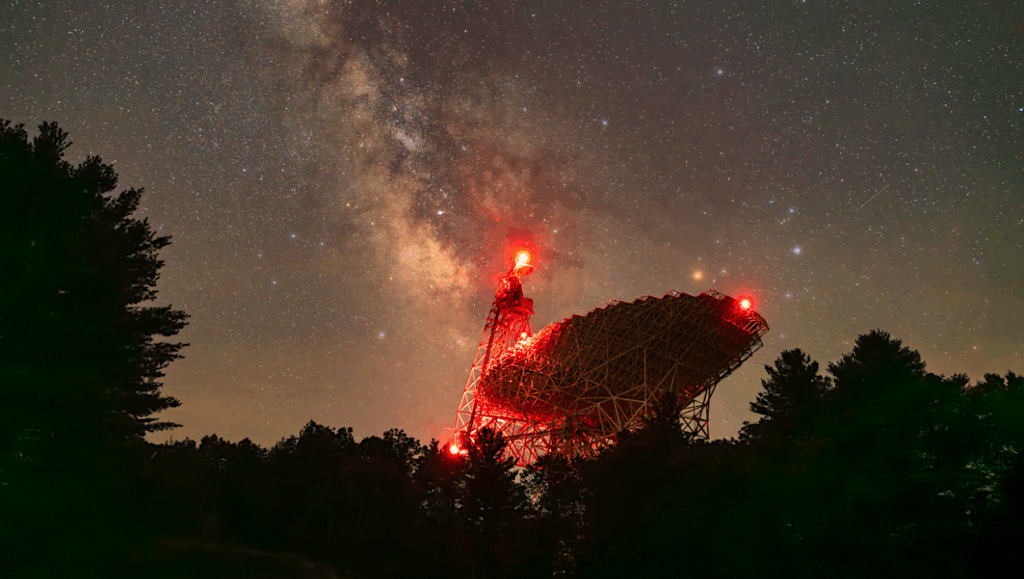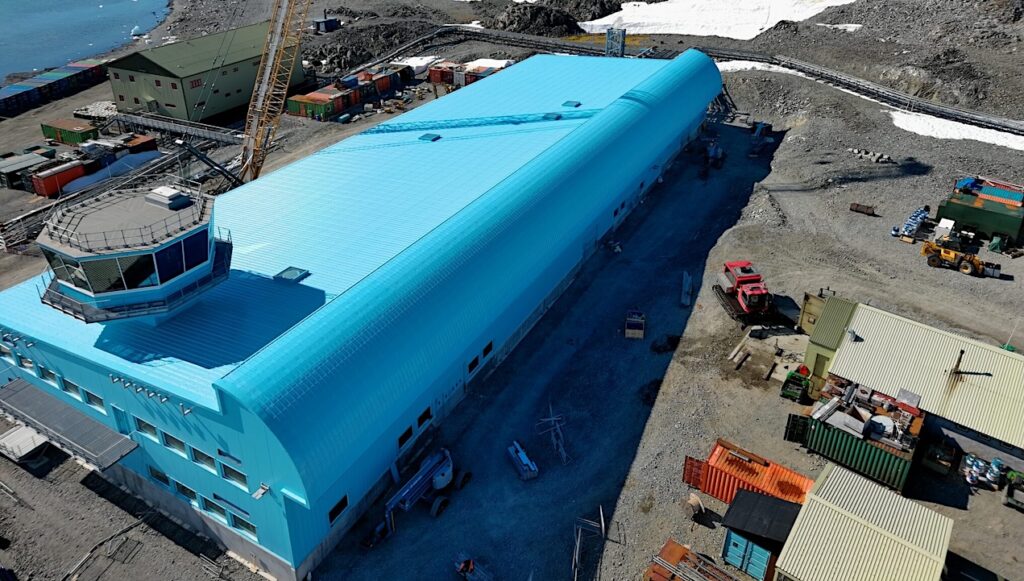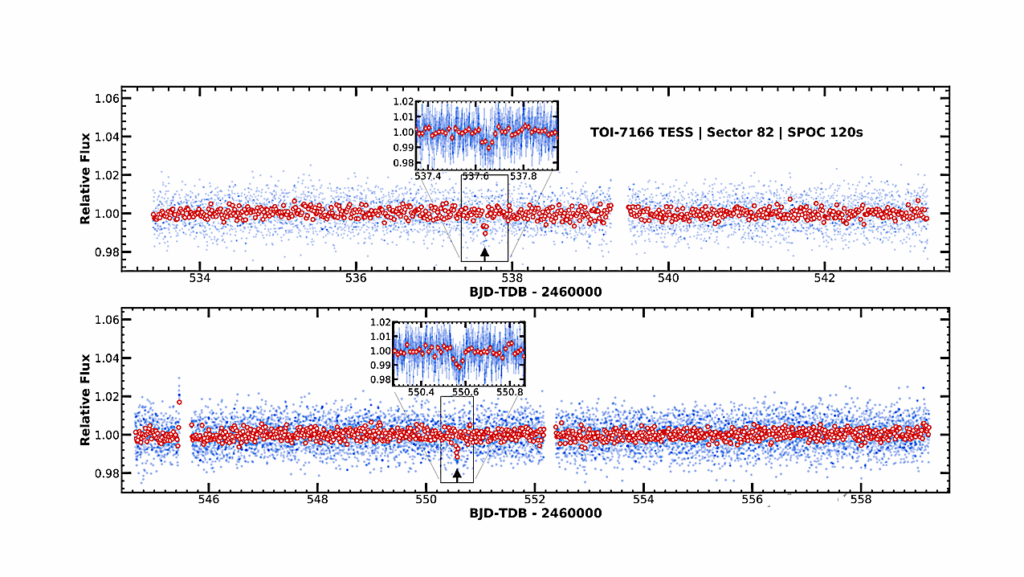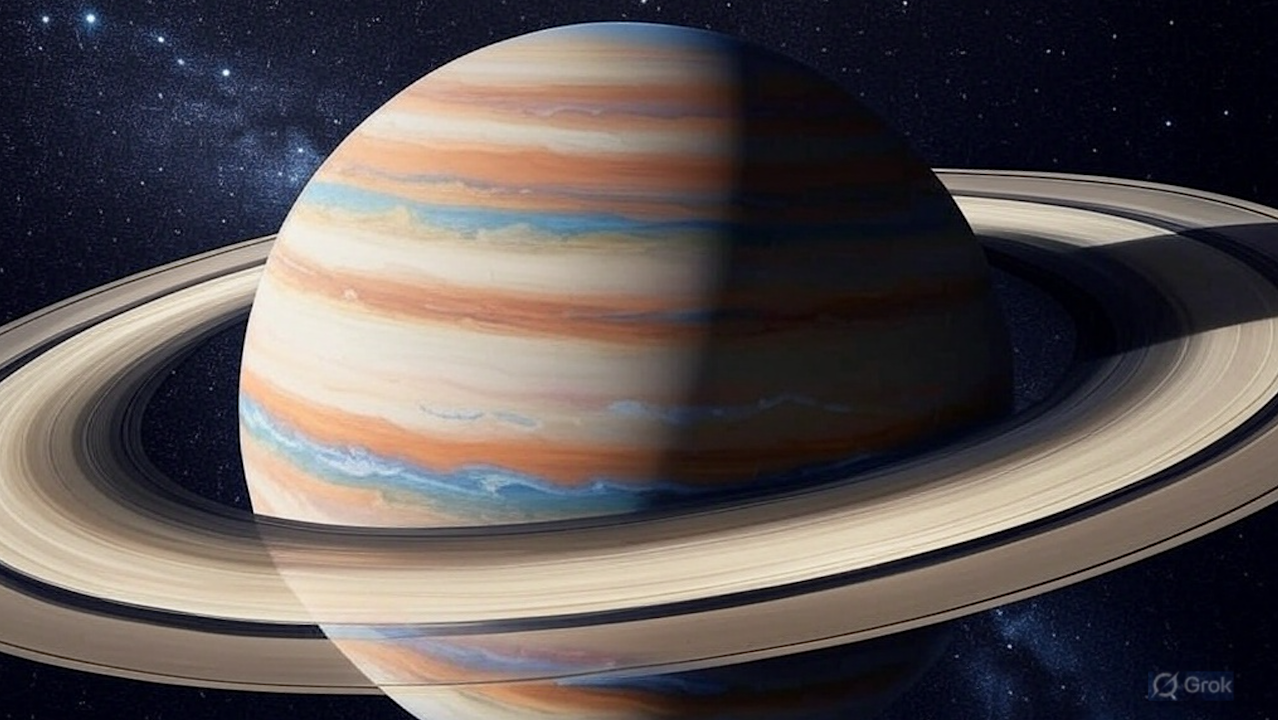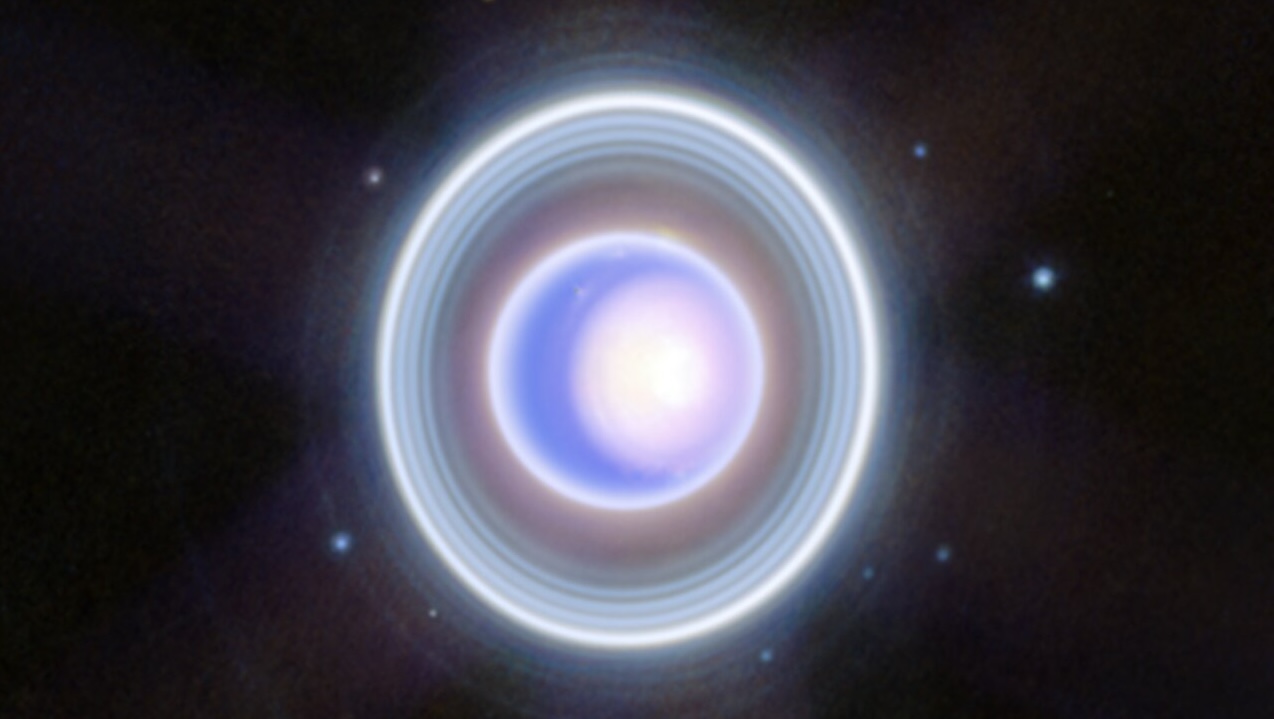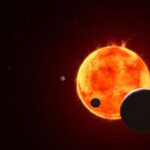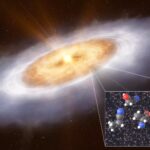Now Reading: Noble Gas Fractionation Predictions for High Speed Sampling in the Upper Atmosphere of Venus
-
01
Noble Gas Fractionation Predictions for High Speed Sampling in the Upper Atmosphere of Venus
Noble Gas Fractionation Predictions for High Speed Sampling in the Upper Atmosphere of Venus


Venus — JAXA
Venus, our neighboring planet, is an open-air laboratory that can be used to study why Earth and Venus evolved in such different ways.
Noble gases in planetary atmospheres are tracers of their geophysical evolution, and measuring the elemental and isotopic composition of noble gases in the Venus atmosphere informs us about the origin and evolution of the entire planet. In this work we describe a new SmallSat mission concept, Venus ATMOSpheric – Sample Return (VATMOS-SR), that would return gas samples from the upper atmosphere of Venus to Earth for scientific analysis.
To ensure it is possible to relate the composition of the sampled gases (acquired when the spacecraft is traveling >10 km/s) to the free stream atmospheric composition, large-scale numerical simulations are employed to model the flow into and through the sampling system. An emphasis is placed on quantifying noble gas elemental and isotopic fractionation that occurs during the sample acquisition and transfer process, to determine how measured isotopic ratios of noble gases in the sample would compare to the actual isotopic ratios in the Venusian atmosphere.
We find that lighter noble gases are depleted after they are sampled compared to the freestream conditions, and heavier ones are enriched, due to the high pressure gradients present in the flowfield. Finally, we observe that, in general, the numerical parameters do not have a major impact on the observed fractionation. However, the freestream velocity and density have a major impact on fractionation and need to be precisely known to properly reconstruct the fractionation in the sampling system.
We demonstrate that the sample fractionation can be predicted with numerical simulations, and believe that VATMOS-SR, which could be the first mission to bring back samples from another planet, could answer key scientific questions related to understanding the evolution of Venus.
Arnaud Borner, Michael A. Gallis, Rita Parai, Guillaume Avice, Mihail P. Petkov, Krishnan Swaminathan-Gopalan, Christophe Sotin, Jason Rabinovitch
Comments: 23 pages, 11 figures, 10 tables, submitted to Icarus
Subjects: Earth and Planetary Astrophysics (astro-ph.EP); Chemical Physics (physics.chem-ph); Space Physics (physics.space-ph)
Cite as: arXiv:2505.05593 [astro-ph.EP] (or arXiv:2505.05593v1 [astro-ph.EP] for this version)
https://doi.org/10.48550/arXiv.2505.05593
Focus to learn more
Submission history
From: Arnaud Borner
[v1] Thu, 8 May 2025 18:45:26 UTC (2,385 KB)
https://arxiv.org/abs/2505.05593
Astrobiology
Stay Informed With the Latest & Most Important News
Previous Post
Next Post
-
 012024 in Review: Highlights from NASA in Silicon Valley
012024 in Review: Highlights from NASA in Silicon Valley -
 02Panasonic Leica Summilux DG 15mm f/1.7 ASPH review
02Panasonic Leica Summilux DG 15mm f/1.7 ASPH review -
 03How New NASA, India Earth Satellite NISAR Will See Earth
03How New NASA, India Earth Satellite NISAR Will See Earth -
 04And Thus Begins A New Year For Life On Earth
04And Thus Begins A New Year For Life On Earth -
 05Astronomy Activation Ambassadors: A New Era
05Astronomy Activation Ambassadors: A New Era -
06SpaceX launch surge helps set new global launch record in 2024
-
 07Space Force plans new ‘Futures Command’ amid pressure to speed up modernization
07Space Force plans new ‘Futures Command’ amid pressure to speed up modernization












